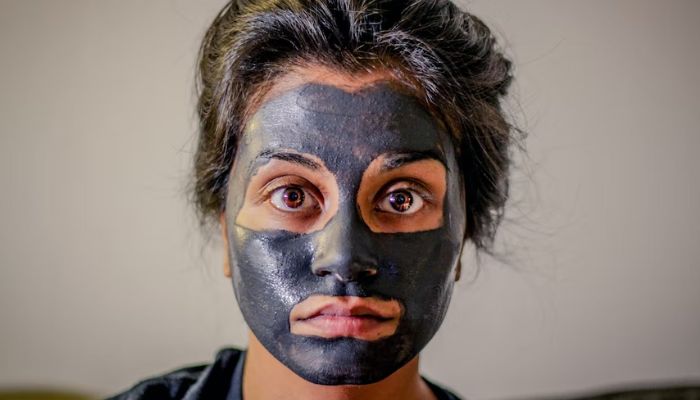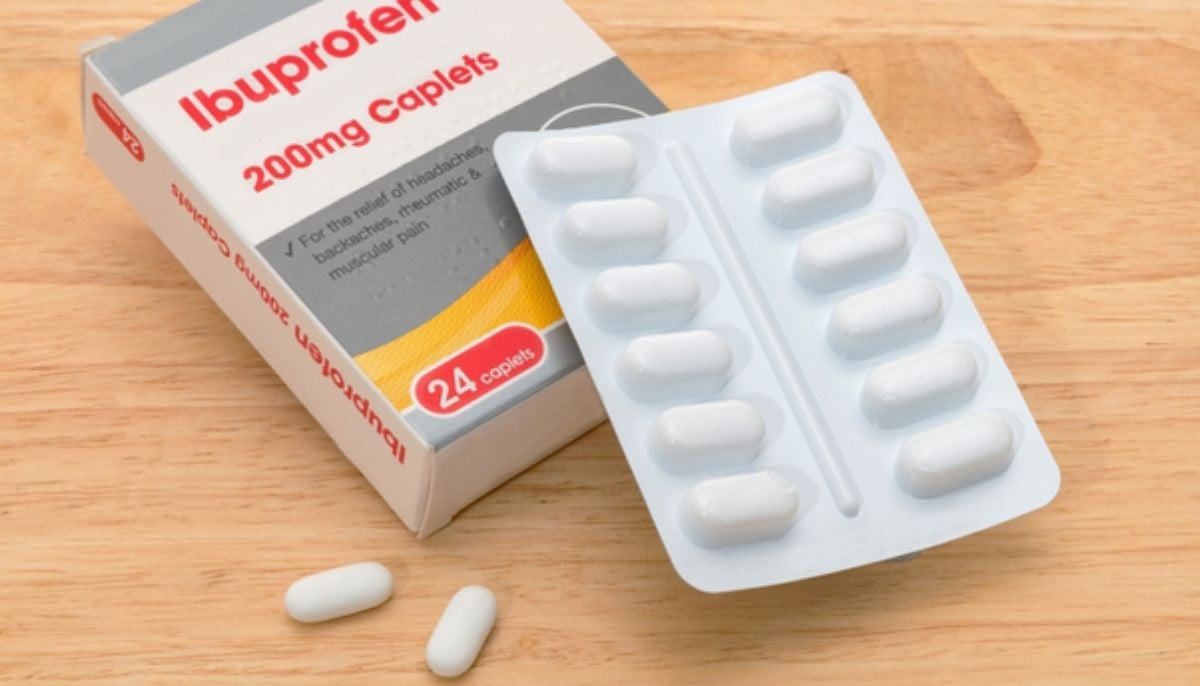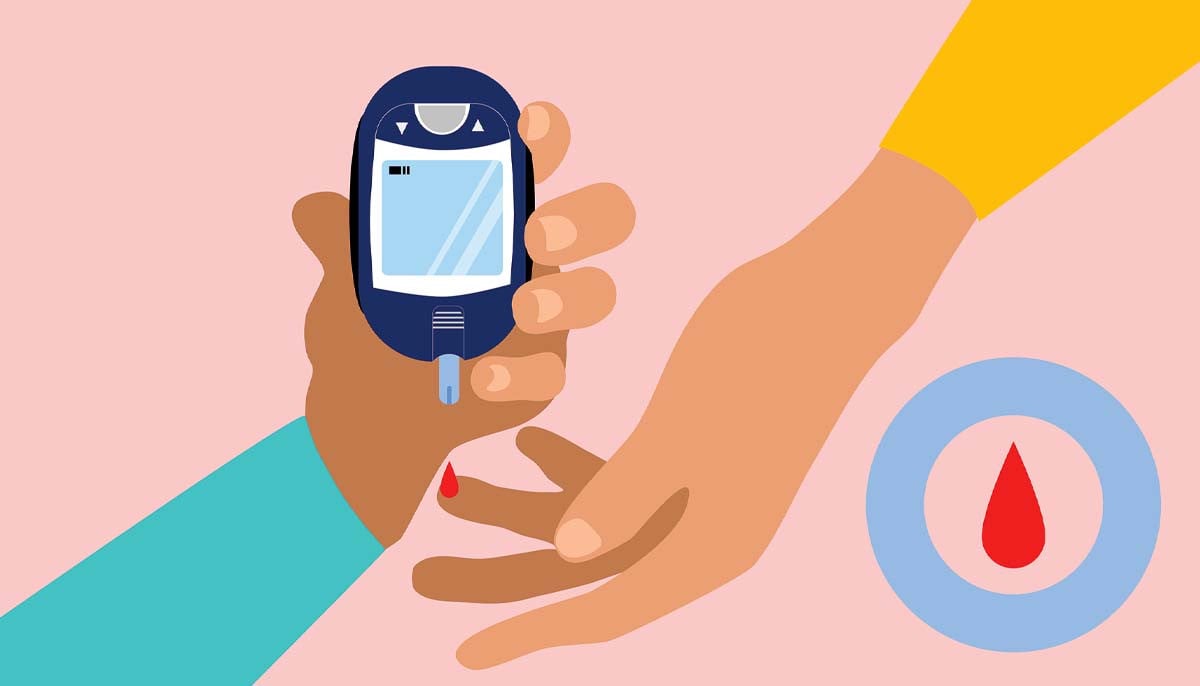Five ways to get 'rid' of oily skin
While it may seem like an impossible feat to get rid of it, there are actually several things you can do to help control the oil and get a healthier, more balanced complexion
Do you struggle with oily skin? While it may seem like an impossible feat to get rid of it, there are actually several things you can do to help control the oil and get a healthier, more balanced complexion.
There can be several reasons behind having oily skin. Finding out those reasons with the help of a professional can help you find a stronger, more effective skin-care routine.
Following are some general steps you must take to control your oily skin.
1. Cleanse regularly with a gentle, oil-free cleanser
The first step in controlling oily skin is to cleanse regularly. However, it is important to use a gentle, oil-free cleanser that won't strip your skin of its natural oils. A dermatologist can help you choose the right product. When your skin is stripped of its natural oils, it can actually produce even more oil to compensate, leading to even oilier skin. Look for a cleanser that is labelled "oil-free" or "non-comedogenic," which means it won't clog your pores. Once washed, make sure to pat dry with a clean towel meant only for your face.
2. Use toner to remove excess oil and tighten pores
After cleansing, follow up with a good old toner to help remove any excess oil and tighten your pores. Look for a toner that contains ingredients like salicylic acid or witch hazel, which can help to break down excess oil and reduce inflammation. Some people even use witch hazel and apple cider vinegar directly, but you must consult a professional before opting for home remedies. Apply the toner with a cotton pad, and focus on the areas of your face that tend to be the oiliest.
3. Moisturise with a lightweight, oil-free moisturiser
Many people do not realise this but even if you have oily skin, it is still important to moisturise regularly. However, you'll want to choose a lightweight, oil-free moisturiser that won't leave your skin feeling greasy. Just like face wash, look for a moisturiser that's labelled "non-comedogenic" or "oil-free," and apply it after toning. If you are concerned that your oily skin ends up looking greasier after the use of moisturiser, you can limit the use to only night and skip it in the morning.
4. Use clay mask once a week to absorb excess oil
Some experts recommend using a clay mask to help absorb excess oil and purify your skin. Clay masks are especially effective at pulling impurities out of your pores, which can help to prevent breakouts and reduce the appearance of pores. Look for a clay mask that contains ingredients like kaolin or bentonite, which are highly absorbent. Many high-end and drugstore brands use these terms to market their clay masks. You may choose whatever is the best for you.
5. Avoid touching your face and keep your hair away from your face
Finally, never forget the importance of hygiene. It is important to avoid touching your face as much as possible. When you touch your face, you transfer oil, dirt, and bacteria from your hands to your skin, which can lead to acne and increased oil production. With oil on your face, you have the potential to stick dirt to your facial skin. You should also try to keep your hair away from your face, especially if you use hair products that contain oil.
-
Relieve eczema symptoms this winter with simple steps
-
New hope for people with obesity as failed drug offers cure
-
New drug shows promise in lowering dangerous blood fats
-
New research finds back pain may disrupt men’s sleep quality later in life
-
Do you have depression or is it just Monday blues? Find out where science stands
-
Air pollution may play a role in prostate cancer risk, experts warn
-
Type 2 diabetes hidden trigger in daily food revealed
-
Find out how you can avoid diabetes at your home












